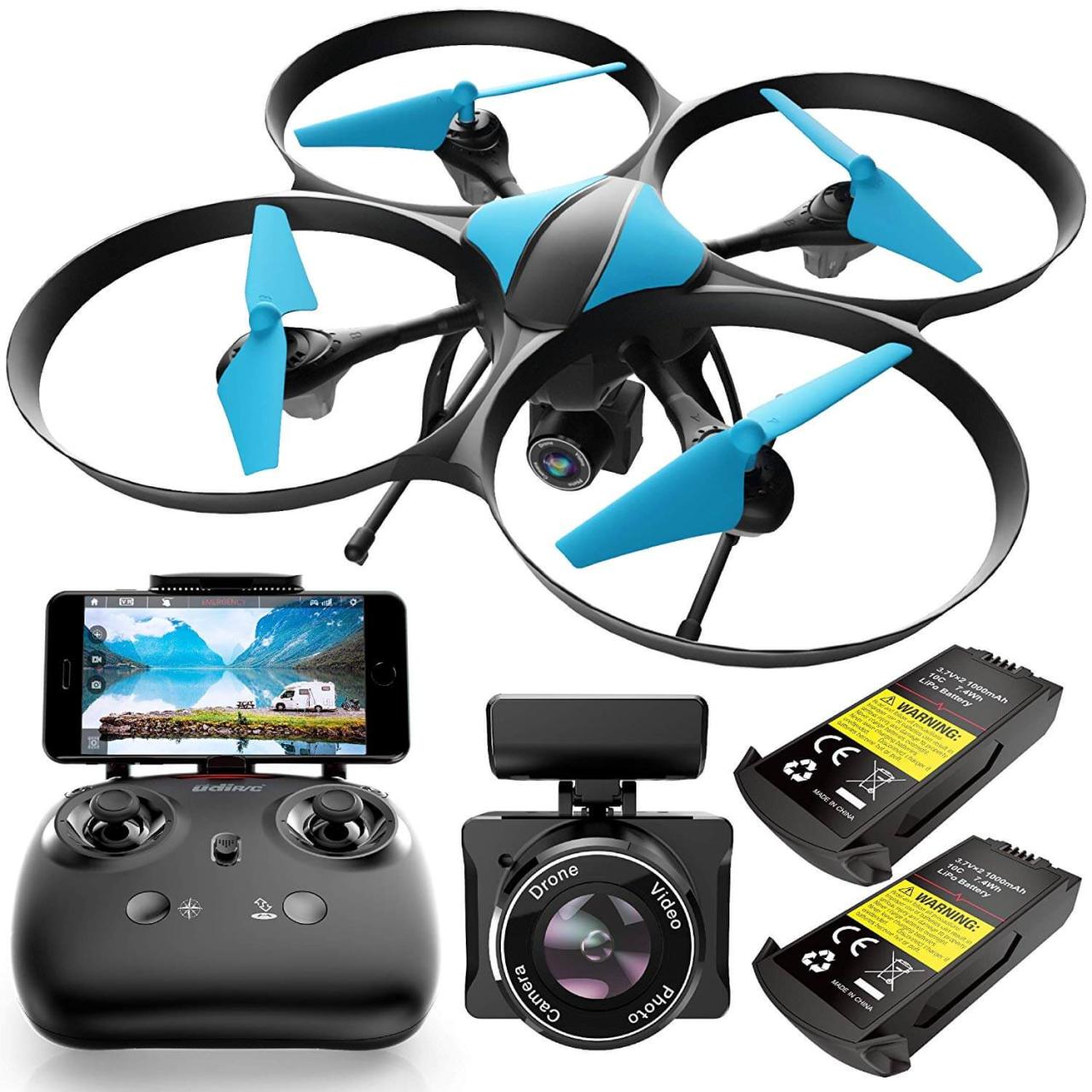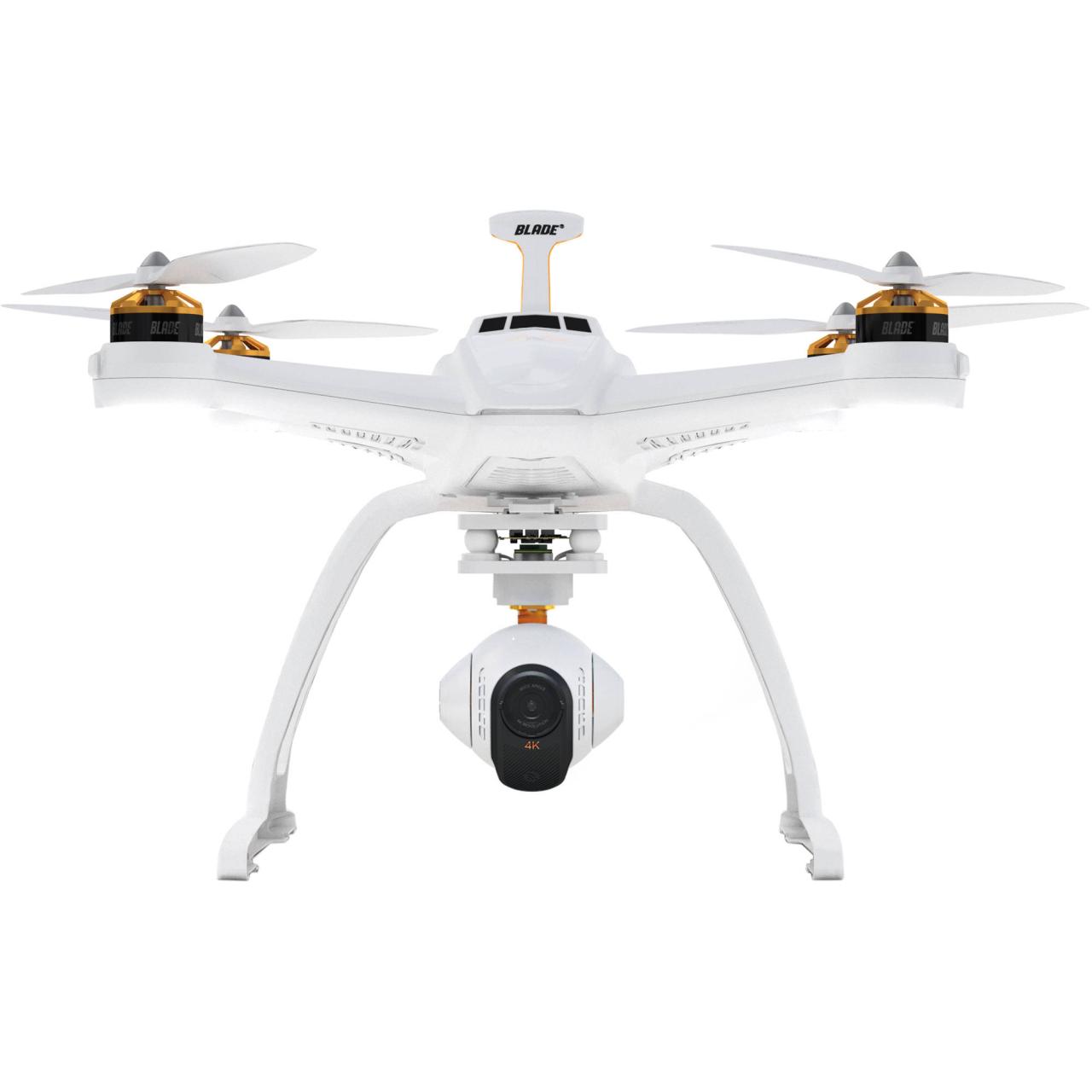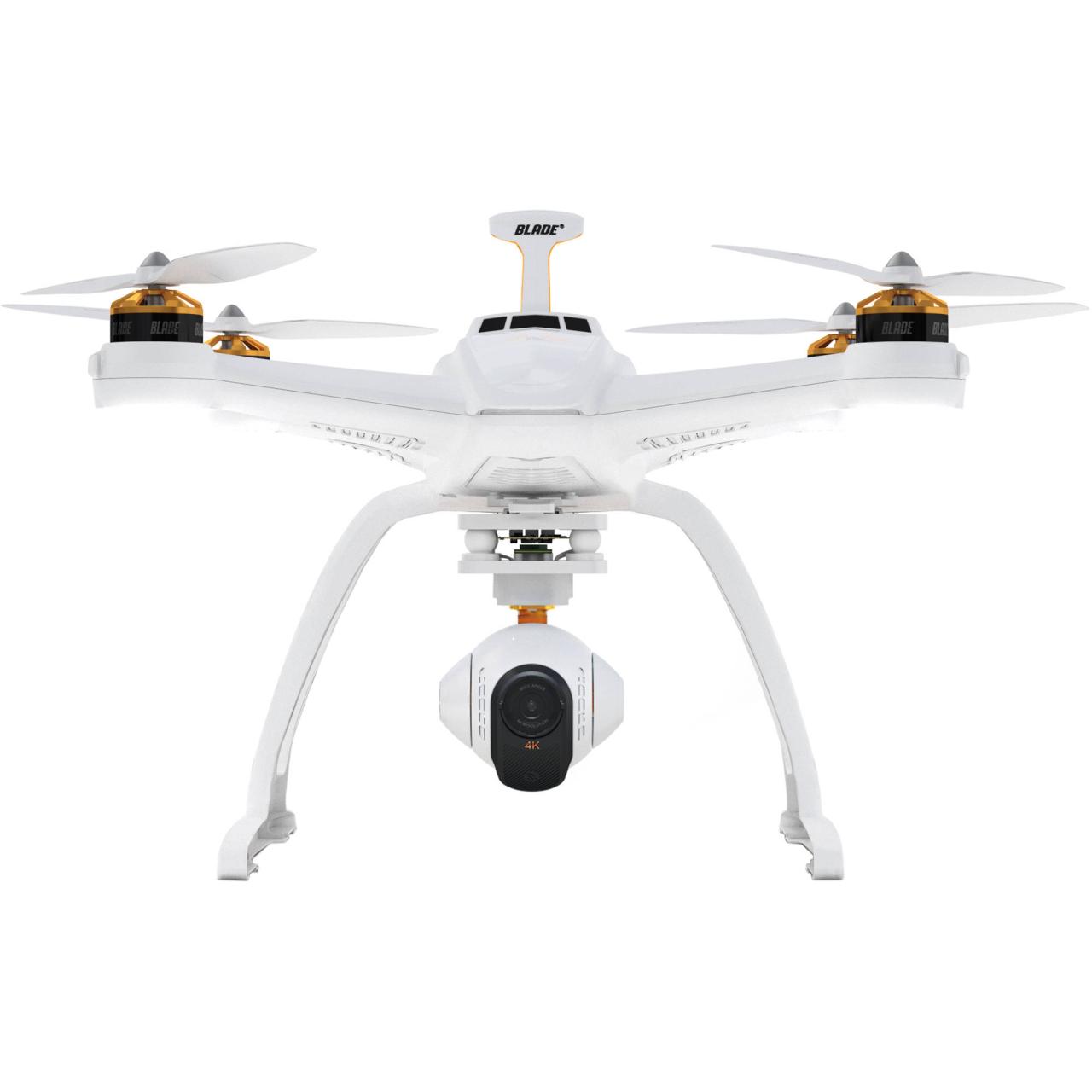Drone with camera technology has revolutionized various sectors, from filmmaking and real estate to agriculture and infrastructure inspection. This guide delves into the diverse world of drones equipped with cameras, exploring their types, capabilities, applications, and the legal and safety considerations surrounding their operation. We will examine the differences between consumer and professional models, the importance of camera specifications, and the post-processing techniques used to enhance the captured imagery and video.
We’ll cover everything from understanding sensor size and image stabilization to navigating airspace regulations and ensuring safe operation. This comprehensive overview aims to equip readers with the knowledge necessary to confidently utilize drone technology, whether for professional or recreational purposes. From choosing the right drone to mastering post-processing techniques, we’ll provide a clear and informative path to harnessing the power of aerial imaging.
Types of Drones with Cameras
Drones equipped with cameras have revolutionized various sectors, from filmmaking to infrastructure inspection. Understanding the diverse types available is crucial for selecting the right tool for the job. This section categorizes drones based on size, weight, camera capabilities, and explores different camera types and their applications.
Drone Classifications Based on Size, Weight, and Camera Capabilities
Drones are broadly classified based on their size, weight, and camera capabilities. These factors directly influence flight time, range, and image quality.
| Category | Size/Weight | Flight Time | Range | Camera Resolution | Image Stabilization |
|---|---|---|---|---|---|
| Nano Drones | < 250g | 5-15 minutes | 0.5-2 km | 2-12 MP | Electronic |
| Micro Drones | 250g – 500g | 15-30 minutes | 2-5 km | 12-48 MP | Electronic, Mechanical (some models) |
| Consumer Drones | 500g – 2kg | 20-45 minutes | 5-10 km | 20-50 MP | Mechanical, Electronic Image Stabilization (EIS) |
| Professional Drones | >2kg | 30-60+ minutes | 10+ km | 48+ MP | Advanced Mechanical Image Stabilization (3-axis gimbal) |
Camera Types on Drones
Different camera types cater to specific needs and applications. Understanding these differences is vital for choosing the appropriate drone.
Drones equipped with cameras offer incredible aerial perspectives, capturing stunning visuals for various applications. However, responsible operation is crucial, as highlighted by recent incidents like the one detailed in this news report about a nj drone shot down , emphasizing the need for adherence to regulations and safety protocols. Understanding these limitations is key to maximizing the benefits of drone technology with cameras while mitigating potential risks.
- Wide-angle lenses: Ideal for capturing expansive landscapes and architectural shots. Examples include the DJI Mavic 3’s wide-angle camera.
- Telephoto lenses: Offer greater magnification, suitable for capturing distant subjects or details. Examples include the capabilities found in higher-end professional models like the DJI Inspire series.
- Thermal cameras: Detect infrared radiation, useful for search and rescue, infrastructure inspection, and wildlife monitoring. Examples include the FLIR Vue thermal camera modules that can be integrated into some drones.
Consumer vs. Professional Drones
The distinctions between consumer and professional drones are significant, primarily in features and price. Consumer drones are user-friendly, compact, and affordable, while professional drones offer advanced features, better image quality, and enhanced durability.
- Consumer Drones: Typically lighter, simpler to operate, and have shorter flight times and limited range. They offer sufficient image quality for casual users.
- Professional Drones: Feature robust build quality, longer flight times, extended range, and advanced camera systems with higher resolutions and superior image stabilization. They often include obstacle avoidance and advanced flight modes.
Drone Camera Features and Specifications
Understanding drone camera specifications is essential for capturing high-quality images and videos. This section explains the significance of sensor size, image stabilization techniques, and other key camera features.
Sensor Size and Image Quality
The sensor size directly impacts image quality. Larger sensors gather more light, resulting in better low-light performance, reduced noise, and a wider dynamic range. Smaller sensors often produce images with more noise, especially in low-light conditions.
Image Stabilization Techniques
Effective image stabilization is critical for smooth and sharp footage. Different methods are employed to counteract vibrations and movements during flight.
- Electronic Image Stabilization (EIS): Uses software algorithms to digitally stabilize the video. It’s less effective than mechanical stabilization but consumes less power.
- Mechanical Image Stabilization (Mechanical Gimbal): Employs a physical gimbal to isolate the camera from drone movements. This provides superior stabilization, especially in windy conditions.
Key Camera Features and Their Influence on Image Capture
| Feature | Description | Impact on Image Capture |
|---|---|---|
| Aperture | Controls the amount of light entering the camera | Affects depth of field and exposure |
| ISO | Measures the camera’s sensitivity to light | Affects noise levels and exposure |
| Shutter Speed | Determines the length of time the sensor is exposed to light | Affects motion blur and exposure |
| Focal Length | Determines the field of view | Affects perspective and magnification |
Applications of Drones with Cameras: Drone With Camera
Drones with cameras are transforming various industries. Their versatility and cost-effectiveness make them invaluable tools across numerous sectors.
Drone Applications Across Industries
The diverse applications of drones with cameras span multiple sectors, revolutionizing workflows and data acquisition methods.
- Agriculture: Crop monitoring, precision spraying, livestock management.
- Construction: Site surveying, progress monitoring, safety inspections.
- Filmmaking: Aerial cinematography, capturing stunning visuals.
- Real Estate: Property photography and virtual tours.
- Search and Rescue: Locating missing persons, assessing disaster areas.
Aerial Photography and Videography: Traditional vs. Drone Methods

Drones offer several advantages over traditional methods for aerial photography and videography, including accessibility to difficult-to-reach locations, lower costs, and greater maneuverability. However, limitations include flight time restrictions, weather dependency, and regulatory compliance.
Drones equipped with cameras offer incredible aerial perspectives, useful for everything from real estate photography to wildlife observation. However, the recent news about a drone shot down in NJ highlights the potential legal and safety concerns surrounding their operation. Understanding these regulations is crucial for responsible drone use and ensuring the continued advancement of camera drone technology.
Unique Advantages of Thermal Cameras on Drones, Drone with camera
Thermal cameras on drones offer unique advantages in various applications by detecting temperature differences. This capability enables precise detection of heat signatures, which is valuable in diverse fields.
- Infrastructure Inspection: Identifying thermal leaks in buildings or pipelines.
- Wildlife Monitoring: Tracking animal movement and behavior.
- Search and Rescue: Locating individuals lost in the wilderness.
Legal and Safety Considerations

Operating drones with cameras requires adherence to legal regulations and safety protocols. This section Artikels crucial legal and safety aspects.
Legal Regulations and Airspace Restrictions
Regulations governing drone operation vary significantly across countries and regions. It is essential to familiarize oneself with the specific rules and regulations in the area of operation. These regulations often address aspects such as registration, licensing, permitted flight zones, and operational restrictions near airports or sensitive areas.
Safety Procedures and Best Practices
Safe drone operation is paramount. Adherence to best practices minimizes risks and ensures responsible use. This includes regular pre-flight checks, awareness of surrounding environment, adherence to weather limitations, and proper battery management.
- Always check weather conditions before flight.
- Never fly near airports or other restricted airspace.
- Maintain visual line of sight with the drone.
- Be aware of surrounding obstacles and people.
- Have spare batteries and landing gear.
Essential Safety Equipment
- Spare batteries
- Propeller guards
- First-aid kit
- Repair kit
- Emergency landing gear
Drone Camera Image and Video Processing

Post-processing is crucial for enhancing the quality and visual appeal of drone footage. This section Artikels essential techniques and software.
Post-Processing Drone Imagery and Video
Post-processing involves using software to enhance the visual quality of drone footage. This may include color correction, stabilization, and the addition of special effects. Popular software options include Adobe Premiere Pro, DaVinci Resolve, and Final Cut Pro.
Correcting Common Issues in Drone Footage
Drone footage often requires corrections to address issues such as lens distortion and color imbalances. Software tools offer features to correct these issues.
- Lens Distortion Correction: Many editing software packages provide tools to correct lens distortion, making straight lines appear straight and reducing warping at the edges of the frame.
- Color Imbalance Correction: Color grading tools can correct color casts and ensure consistent color throughout the footage.
Enhancing the Visual Appeal of Drone Footage
Several editing techniques can enhance the visual appeal of drone footage, including color grading, adding music, and incorporating visual effects.
- Import footage: Import the drone footage into your chosen editing software.
- Color grading: Adjust the colors to create a desired mood or atmosphere.
- Stabilization: Use stabilization tools to smooth out any shaky footage.
- Add music and sound effects: Enhance the emotional impact of the footage.
- Export the final video: Export the edited video in the desired format and resolution.
Choosing the Right Drone with Camera
Selecting the appropriate drone depends on individual needs and budget. This section provides guidance on making an informed decision.
Decision-Making Flowchart for Drone Selection
A flowchart can guide users through a series of questions to determine the best drone based on their specific needs and budget.
Example Flowchart Steps: 1. Budget? (Under $1000, $1000-$3000, Over $3000) 2. Intended Use? (Photography, Videography, Inspection) 3. Required Flight Time? (Under 20 minutes, 20-40 minutes, Over 40 minutes) 4. Camera Features? (Resolution, Stabilization, Gimbal) The flowchart would lead the user to appropriate drone recommendations based on their answers.
Comparative Analysis of Popular Drone Models
| Drone Model | Camera Resolution | Flight Time | Price Range |
|---|---|---|---|
| DJI Mavic 3 | 5.7K | 46 minutes | $2000+ |
| DJI Mini 3 Pro | 4K | 34 minutes | $1000+ |
| Autel Evo Nano+ | 4K | 28 minutes | $800+ |
Assessing the Quality of Drone Camera Images and Videos
Evaluating drone camera image and video quality involves considering several factors to ensure the capture of high-quality footage.
- Resolution: Higher resolution results in sharper images and videos.
- Dynamic Range: The ability to capture detail in both highlights and shadows.
- Low-light Performance: The camera’s ability to capture clear images in low-light conditions.
- Image Stabilization: The effectiveness of the stabilization system in reducing shake and blur.
Ultimately, the use of drones with cameras presents a powerful tool with applications across numerous fields. Understanding the various types of drones, their capabilities, and the legal and safety aspects is crucial for responsible and effective utilization. By carefully considering factors like sensor size, image stabilization, and post-processing techniques, individuals and professionals can leverage this technology to capture stunning visuals and achieve remarkable results.
This guide serves as a foundation for exploring the exciting possibilities and responsible use of drone technology.
Top FAQs
What is the flight time of most consumer drones?
Flight times vary greatly depending on the model, but generally range from 15 to 30 minutes on a single battery charge.
How far can I fly a drone before losing signal?
The range depends on the drone and controller, but generally, you can expect a range of several hundred meters to a few kilometers in ideal conditions. Obstacles and interference can significantly reduce range.
Do I need a license to fly a drone?
Regulations vary by country and region. In many places, recreational drone use may not require a license, but commercial use typically does. Check your local aviation authority for specific rules.
What type of storage is needed for drone footage?
High-capacity microSD cards are commonly used. The required capacity depends on the resolution and recording time. Consider using fast read/write speeds for smoother workflow.
